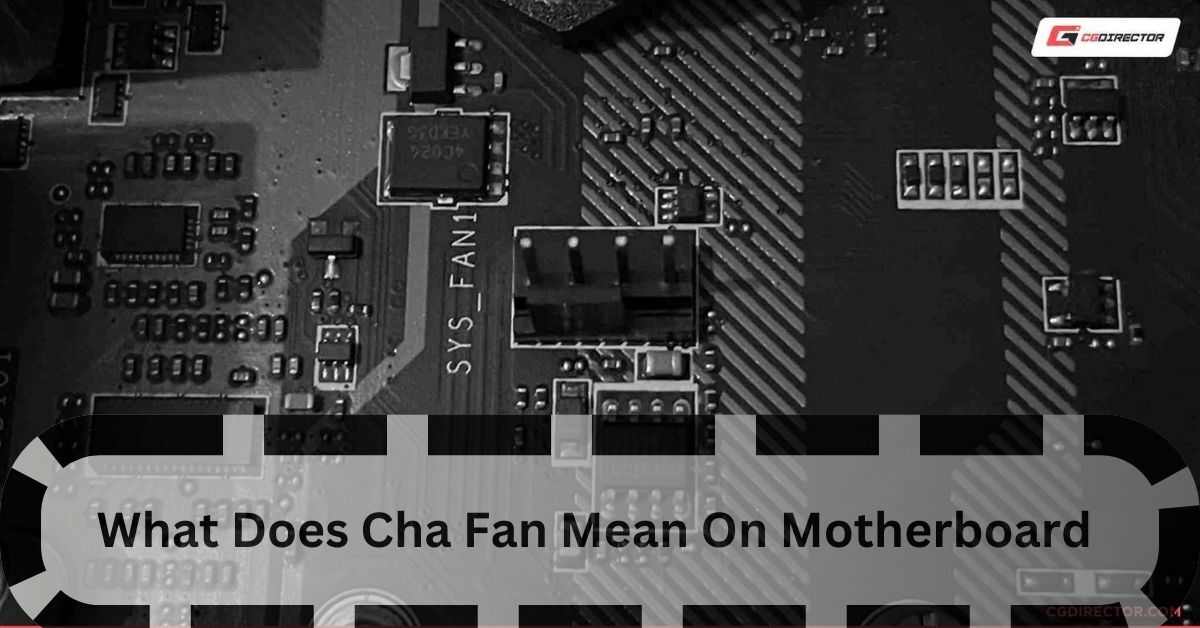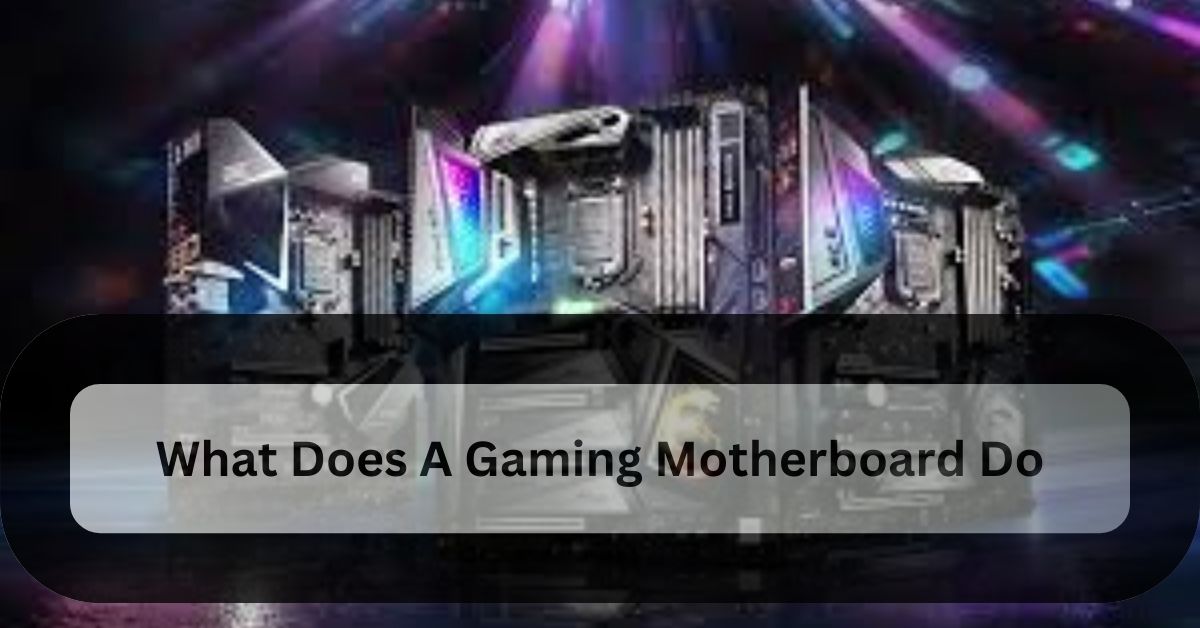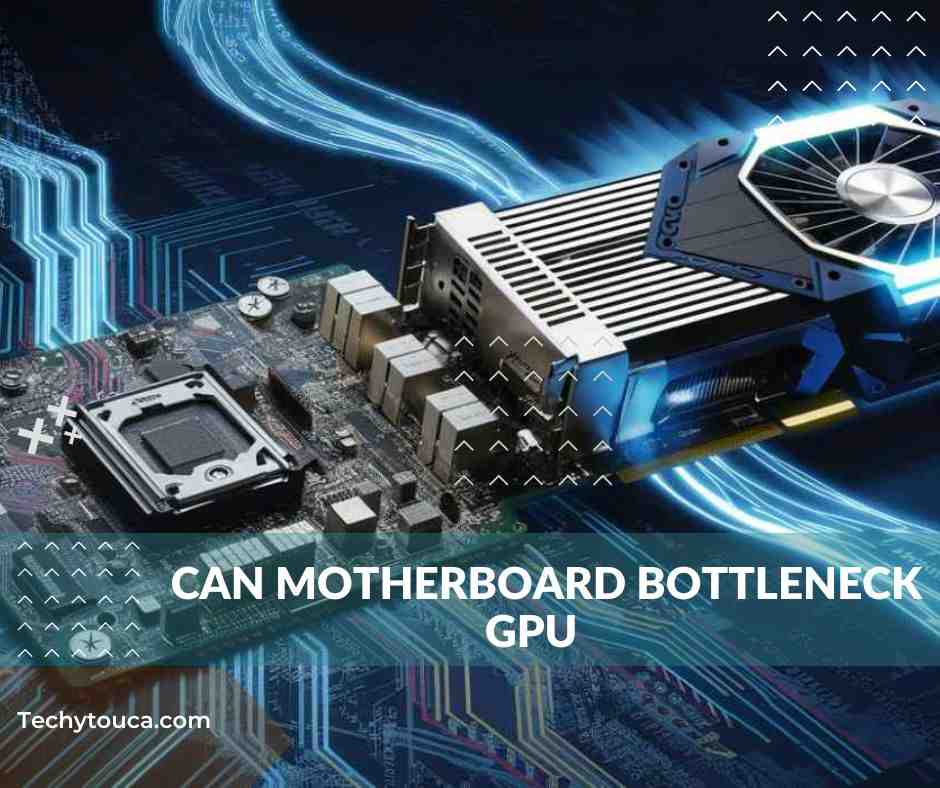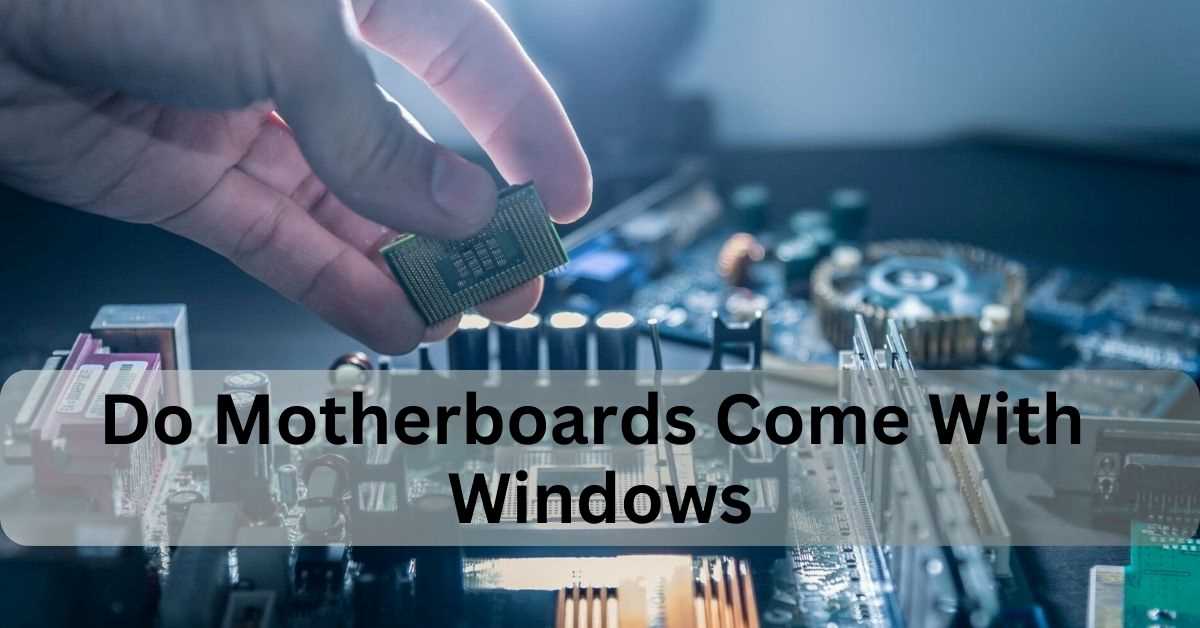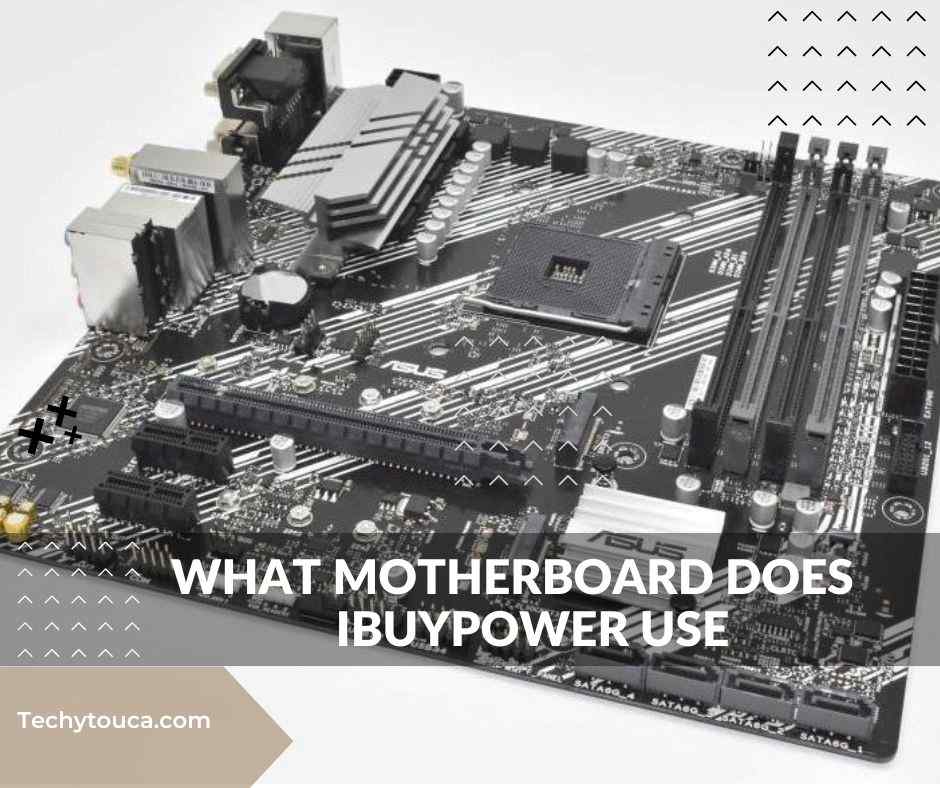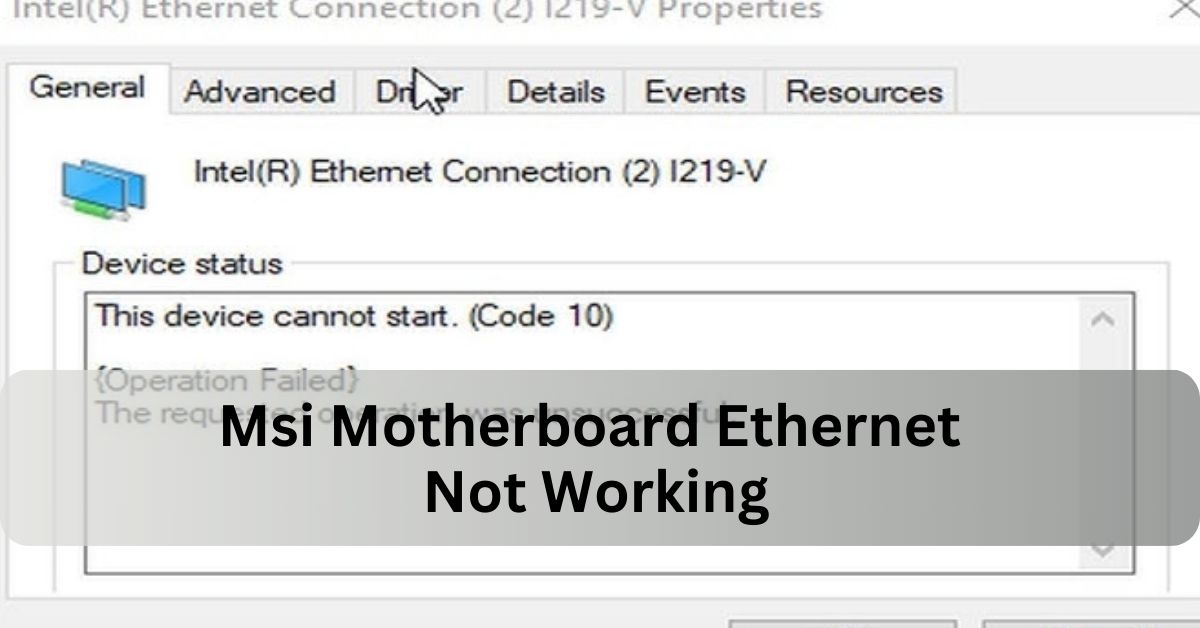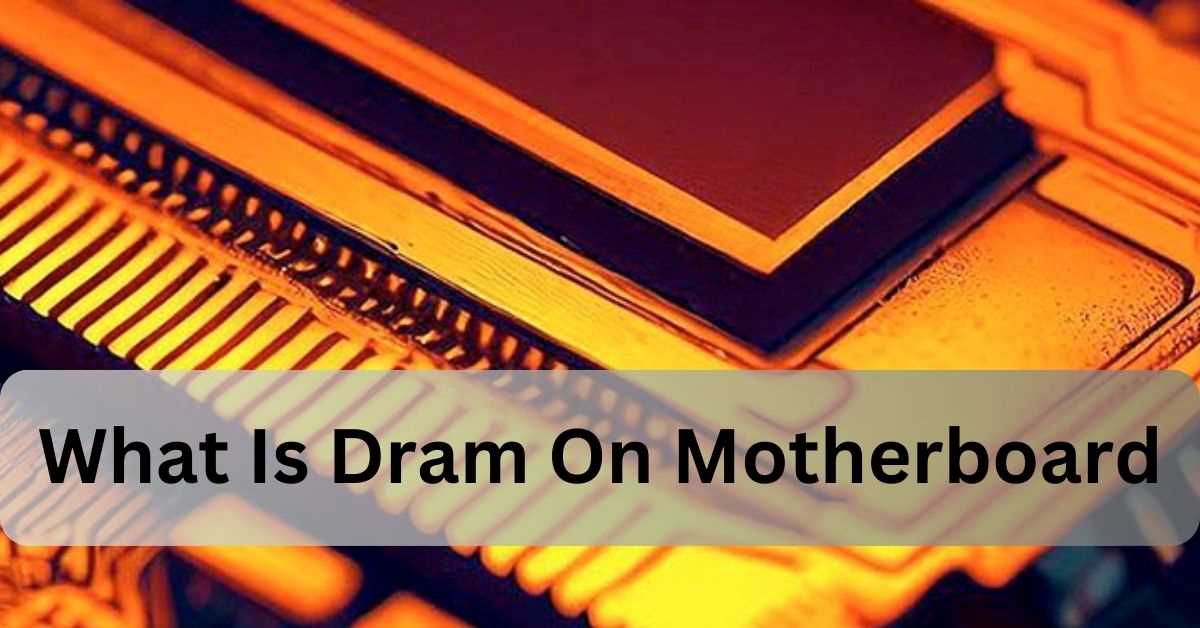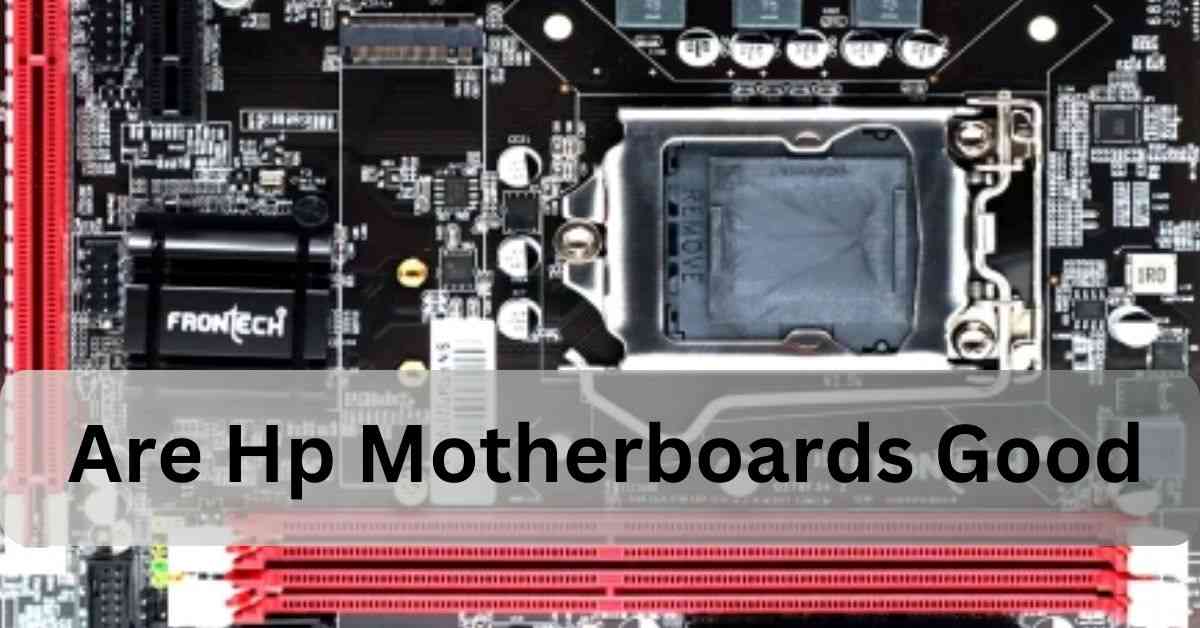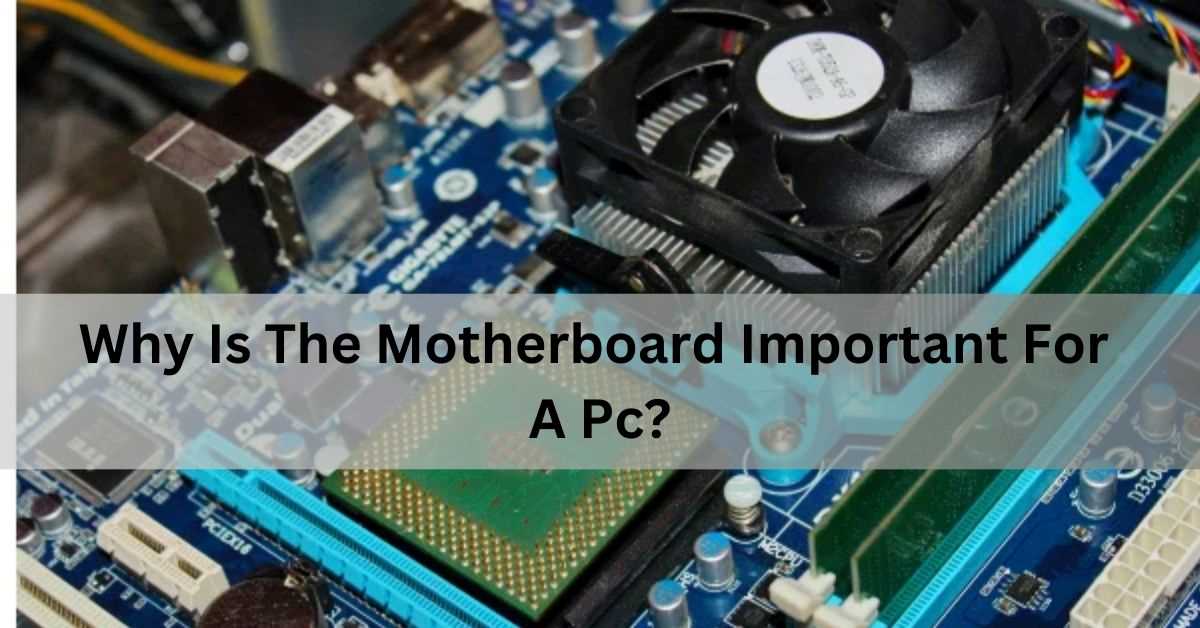What Does Cha Fan Mean On Motherboard – Optimize Cooling With Cha Fan!
A CHA fan on a motherboard refers to the chassis fan connectors that connect case fans. These fans help improve airflow inside the computer, keeping components cool. The motherboard controls its speed based on temperature, ensuring optimal cooling performance. What Does Cha Fan 1 And Cha Fan 2 Mean? CHA_FAN 1: CHA_FAN 2: What does […]
Read More
